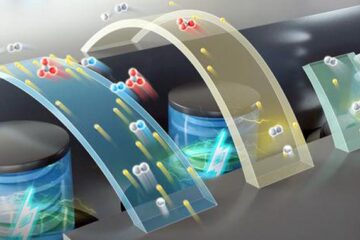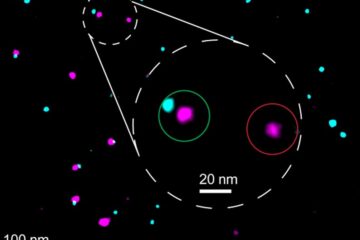RSC Publishing announces pioneering work on RSS feeds

Journal RSS feeds from RSC Publishing were the first from a scientific publisher to include the graphical abstract. This latest innovation means that RSS feeds from RSC journals will also display ontology terms and compound details, including the 2D image. Users will be able to see at a glance whether the paper is relevant to their research. In addition, hidden coding within the RSS feed allows the metadata to be read by machine – another step towards the “semantic web”.1
“This is another example of a learned society publisher bringing unique benefits to the subject community” explained Richard Kidd, Manager of Editorial Production Systems in RSC Publishing. “We are proud to be at the forefront of publishing innovation once again.”
The enhanced RSS feed is the latest development in Project Prospect, a unique service developed by RSC Publishing with academic partners. Phase one, launched in February 2007, provided hyperlinked compound information within the HTML, links to terms from the IUPAC Gold Book, plus links from ontology terms to definitions and related papers. Feedback since launch has also resulted in improvements to the Toolbox from which these enhancements are available. Compound structures are now shown with a single click, navigation within the Toolbox has been enhanced – and the Toolbox itself can be made transparent, avoiding any interference in visibility when viewing the article.
The developments have been enthusiastically received by authors and readers alike: “[Project Prospect] really adds a new dimension to the papers and is certainly the start of something exciting for the future of journal publishing”
Dr Nicholas Leadbeater, University of Connecticut, USA
“This is a very powerful resource to the research community and invaluable for students” Professor Stephen Haswell, University of Hull, UK
“I really appreciated the features of this implementation in the HTML version of the paper. I believe this initiative greatly enhances the utility of a printed article for readers.” Dr. Sandra Monti, Istituto per la Sintesi Organica e la Fottoreattività, Italy
To see for yourself, look out for the Project Prospect icon in RSC journal contents lists that identifies enhanced articles. So far, 500 articles have been published that feature these enhancements: find out more at www.projectprospect.org
(1) Compounds are identified in the RSS feeds using the IUPAC InChI identifier; ontology terms are from the Gene Ontology, Cell Ontology and Sequence Ontology.
Media Contact
More Information:
http://www.rsc.org/Publishing/Journals/News/ProspectRSS.aspAll latest news from the category: Communications Media
Engineering and research-driven innovations in the field of communications are addressed here, in addition to business developments in the field of media-wide communications.
innovations-report offers informative reports and articles related to interactive media, media management, digital television, E-business, online advertising and information and communications technologies.
Newest articles

High-energy-density aqueous battery based on halogen multi-electron transfer
Traditional non-aqueous lithium-ion batteries have a high energy density, but their safety is compromised due to the flammable organic electrolytes they utilize. Aqueous batteries use water as the solvent for…

First-ever combined heart pump and pig kidney transplant
…gives new hope to patient with terminal illness. Surgeons at NYU Langone Health performed the first-ever combined mechanical heart pump and gene-edited pig kidney transplant surgery in a 54-year-old woman…

Biophysics: Testing how well biomarkers work
LMU researchers have developed a method to determine how reliably target proteins can be labeled using super-resolution fluorescence microscopy. Modern microscopy techniques make it possible to examine the inner workings…





















